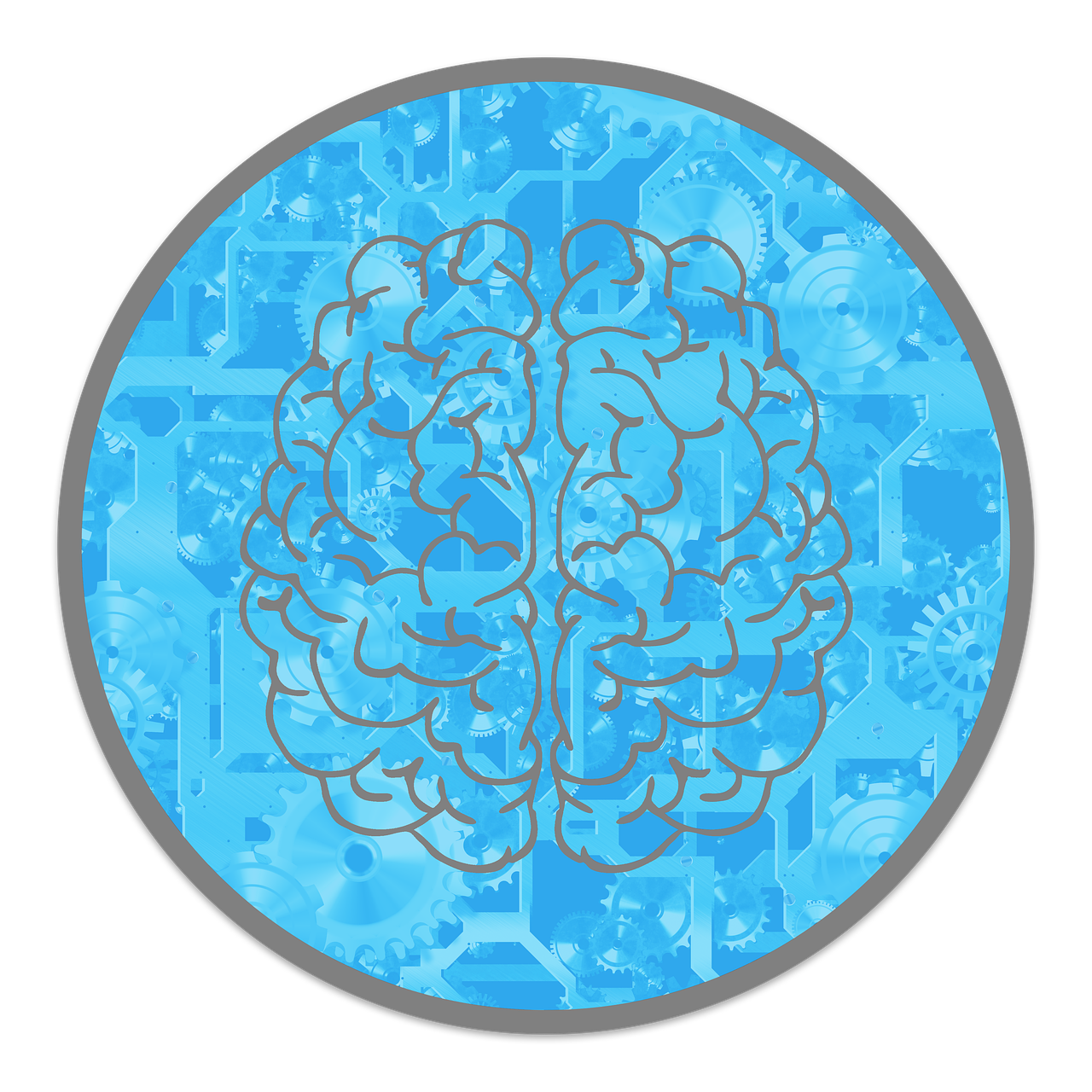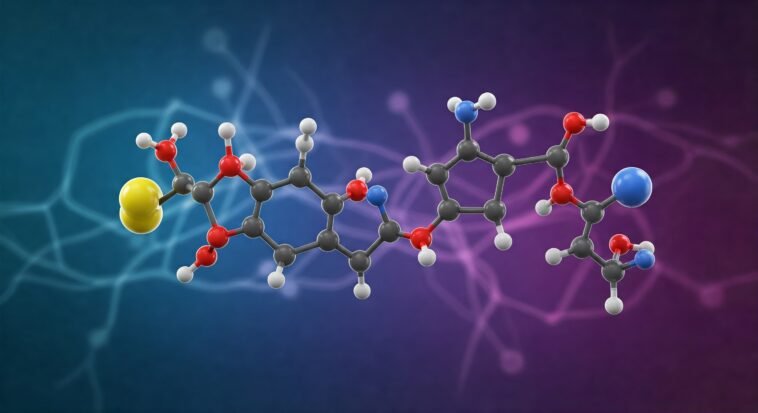
Oxytocin isn’t just the “aww” hormone from baby snuggles or Disney movie hugs—it might also be your brain’s secret pain-fighting ninja.
Scientists used to think it was all about love and bonding, but now they’re discovering it can help with pain too.
Yup, the same chemical that kicks in during cuddles might also work like a natural painkiller.
Researchers are looking into how oxytocin could reduce chronic pain and maybe even help people use fewer meds like opioids (aka the Darth Vader of pain relief—powerful, but risky).
This feel-good brain juice could become the MVP in future pain treatments.
What Is Oxytocin? A Quick Overview
Oxytocin is a hormone and neuropeptide (fancy word for a chemical messenger in your brain) that your body makes in the hypothalamus and releases through the pituitary gland—think of it as your brain’s internal delivery system.
Now, oxytocin is most famous for making us feel all warm and fuzzy.
It’s the hormone behind:
- Social bonding and trust (yup, it’s the reason you feel connected to your bestie after a long chat)
- Maternal behaviors (it helps moms bond with babies and, you know, feed them too)
- Sexual reproduction (it’s involved in helping people get ahem closer)
- Uterine contractions and breastfeeding (basically, it helps bring babies into the world and make sure they stay fed)
But here’s the plot twist: new research shows that oxytocin isn’t just about love and motherhood. It might actually be a natural painkiller too!
Scientists are discovering that oxytocin can help your body deal with pain, especially chronic pain, without needing strong meds like opioids.
Basically, oxytocin is like your brain’s own superhero—fighting pain and making life easier without all the side effects.

The Science Behind Oxytocin’s Pain-Relieving Effects
Okay, so oxytocin isn’t just your brain’s love potion—turns out, it’s also got some serious pain-fighting skills.
Scientists have been digging into this for the past 20 years, and what they’ve found is pretty amazing.
Oxytocin and the Central Nervous System
Your central nervous system (a.k.a. your brain + spinal cord) is like the HQ for pain signals.
When you stub your toe or burn your tongue on hot pizza, your body sends pain messages through nerve highways straight to your brain.
Now, here’s where oxytocin shows up like a chill bouncer at a party—it steps in and tells those pain signals, “Nah, you’re not getting through.”
It does this by locking onto oxytocin receptors in pain-processing zones like:
- The periaqueductal gray (PAG) – kind of like the Jedi Council for pain control
- The amygdala – where emotions and pain signals hang out (yes, this is also where anxiety likes to crash)
- The spinal dorsal horn – the lobby where pain messages try to sneak into your brain
In animal studies, oxytocin literally turns down the volume on pain-sensing neurons (Juif & Poisbeau, 2013).
Translation: fewer pain signals get to your brain = less “OW.”
Human Studies Support the Link
This isn’t just mouse magic—it works in people, too.
Scientists tried giving oxytocin as a nasal spray (basically like a pain-relief mist for your brain) and saw some cool results:
- People with fibromyalgia (a chronic pain condition) reported less pain
- Folks with migraines got some sweet relief
- When tested with heat-based pain, people didn’t feel it as strongly
In one 2013 study, patients with chronic low back pain got a dose of oxytocin directly into their spine (don’t worry, it was a medical procedure), and it worked better than a placebo.
Less pain, more comfort.
Why Oxytocin Could Be a Game-Changer in Pain Management
Given the global opioid crisis and the need for non-addictive pain relief options, oxytocin’s potential as a therapeutic agent is particularly compelling.
Non-addictive alternative to opioids
Here’s the deal: oxytocin doesn’t mess with your brain’s reward system the way opioids do.
So no high, no addiction, no withdrawal nightmares.
That’s why it’s getting attention as a safe alternative—or sidekick—to traditional pain meds for tough conditions like:
- Fibromyalgia (a chronic, body-wide pain situation)
- Rheumatoid arthritis (when your immune system is basically picking a fight with your joints)
- Migraines (headaches that show up like a Marvel villain at the worst time)
- Neuropathic pain (nerve pain that’s sneaky, stubborn, and hard to treat)
Think of oxytocin like Spider-Man—it’s got major skills but doesn’t destroy everything in its path like Hulk (aka opioids).
Dual emotional and physical relief
Oxytocin isn’t just a body thing—it’s also a feelings thing.
It helps reduce stress, anxiety, and loneliness.
That’s a big deal, because emotional pain can crank up physical pain, like turning the volume up on both at once.
Ever notice your back hurts more when you’re stressed out or sad?
That’s psychosomatic pain—when your brain and body are tag-teaming to make you miserable.
Oxytocin steps in like a therapist in a bottle: it calms your brain and soothes your body.
As Dr. Steven Porges (neuroscience legend and creator of the Polyvagal Theory) puts it, oxytocin helps with both “the affective and sensory dimensions of pain.”
Translation: it helps your brain and your nerves chill out.

How Can Oxytocin Be Used for Pain Relief?
So, you know how oxytocin is your brain’s version of a warm fuzzy hug?
Scientists have figured out that it can also help dial down pain.
But you can’t just grab a bottle of it at Walgreens like it’s cough syrup.
Here’s how the pros deliver it:
- Nasal spray – This is the MVP in research. It’s like squirting brain-happy mist right into your nose. (Don’t try this at home unless your doctor says so!)
- IV (Intravenous Injection) – Mostly used in hospitals, especially during childbirth. Think of it as the “fast lane” into your system.
- Pills or Lozenges – These are still in the experimental phase, like a beta version of an app. Not quite ready for prime time.
Important: You can’t just DIY oxytocin like you’re cooking up a Stranger Things science experiment in your basement.
Always let a medical pro handle it. Safety first, science second!
Can You Boost Oxytocin Naturally?
Here’s the awesome news: your brain is totally capable of making its own oxytocin—no prescription, no lab coat required.
You just have to give it the right “ingredients.”
Physical touch
Hugs, high-fives, massages, holding hands—it’s like texting your brain “Hey, feel safe and happy!”
Boom, oxytocin.
It’s legit the hormone version of a group hug.
Exercise
Yoga, dancing, or any group sport = oxytocin power-up.
Your brain’s like, “You’re moving with friends? That’s adorable. Here’s some feel-good juice.”
Positive social interaction
Binge a comedy, send memes, or FaceTime your BFF. S
ocial time + laughter = oxytocin jackpot.
Think of it as emotional Wi-Fi for your nervous system.
Meditation and mindfulness
Meditation (especially the “loving-kindness” kind where you wish people well) helps your brain chill—and oxytocin joins the party.
Mindfulness isn’t just for yoga teachers and Jedi masters.
Listening to music
Singing with friends, joining a drum circle, or even karaoke night with your fam can raise oxytocin.
Music hits emotional nerves—literally.
It’s like your playlist is also a prescription.
Acts of kindness
Doing something kind—helping a neighbor, volunteering, or even just being nice—activates oxytocin.
It’s like your brain’s way of giving you a high-five for being awesome.

Potential Limitations and Concerns
Alright, before we all start dreaming of oxytocin as the next superhero of pain relief, let’s keep it real—there are a few things to consider:
Short half-life
Oxytocin doesn’t stick around for long in your body.
It’s kind of like a fast-food delivery: it comes in hot, but it’s gone in a flash.
This means it may not work for long-term pain relief, and you’d probably need it often to feel the effects.
Individual variability
Some people’s brains are more “welcoming” to oxytocin than others.
It’s like how some people instantly click with a new friend while others take time to warm up.
Your brain might need to “get used to” oxytocin, or maybe it’s just more stubborn.
Limited large-scale trials
Most of the research on oxytocin’s pain-relieving powers is still in early stages, like testing a brand-new video game.
We’re talking small trials with limited results—nothing super huge yet, so we don’t have the full picture.
Ethical and regulatory issues
Using oxytocin for pain is promising, but it’s got some potential “legal” and “ethics” challenges.
Like with any cool new idea, the more we learn about oxytocin, the more we have to think about whether it’s being used right.
We don’t want it misused or overused!
The Future of Pain Relief: Where Oxytocin Fits In
Chronic pain is a huge issue—about 1 in 5 adults worldwide deal with it.
So yeah, there’s a serious need for better treatments.
Oxytocin might not be the magic fix, but it’s definitely a strong contender in the pain relief lineup.
Researchers are now thinking of pairing oxytocin with other therapies, like:
- Cognitive Behavioral Therapy (CBT) (basically, training your brain to think differently about pain)
- Physical Rehabilitation (get your body moving, heal the muscles)
- Acupuncture (where tiny needles meet pain relief)
As Dr. Kristin L. Schreiber from Harvard puts it:
Oxytocin isn’t a magic bullet, but it could be a valuable piece of the puzzle in treating chronic pain holistically.
Conclusion: A Natural Ally in the Fight Against Pain
Oxytocin isn’t just the “love hormone”—it’s also stepping up as a natural painkiller.
While we’re still waiting for more research (think of it like the early seasons of Stranger Things—it’s got potential), the early results show it could change the game for pain relief, without the nasty side effects of opioids.
Whether you’re getting a hug, doing yoga, or connecting with others, oxytocin is a natural way to feel better and heal.
Sometimes, the best cure for pain isn’t a pill—it’s just good vibes and human connection.



